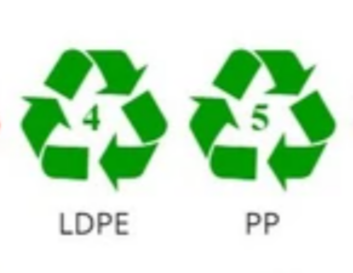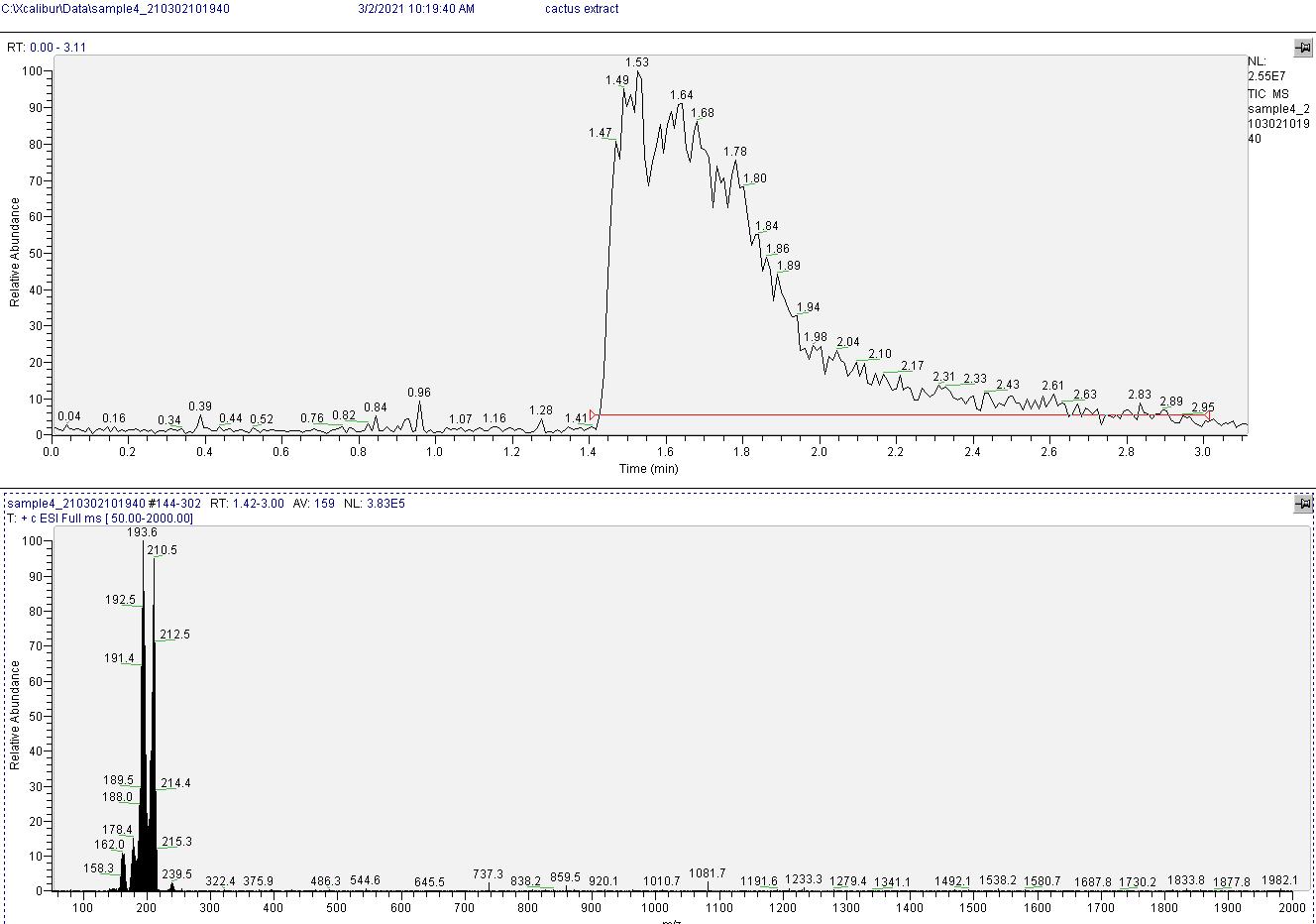CIELO
CIELO stands for Crystals In Ethyl-acetate Leisurely OTC (Over The Counter).
Contents
Introduction
In the CIELO TEK, sodium carbonate, water, and cactus powder are mixed to a paste. The paste is extracted with ethyl acetate. Finally, extract is salted with citric acid to obtain mescaline citrate crystals.
Materials
- Quart jars with lids*
- Food scale
- 200g water
- 100g powdered dry cacti
- 100g + 10g Sodium carbonate (Na2CO3)
- ~ 900g Ethyl acetate (sometimes labeled "MEK substitute")
- Shallow baking glass dish with lid* (optional)
- Citric acid
- pH paper (optional)
*If lids are plastic, use ethyl acetate resistant LDPE or PP.
Safety
Review ethyl acetate's safety information[1] and check the manufacture's MSDS to verify you have pure ethyl acetate.
These are only good-faith suggestions. They do not guarantee safety. Each adult individual needs to make their personal decision using over the counter chemicals.
Process
1 Paste
Mix Na2CO3 (first 50g) and water. There is an excess of washing soda so not all will dissolve. Add the cactus powder and stir well to a paste for at least 5 minutes.
2 Pull
Add ~ 300g of ethyl acetate to the paste making the jar ~3/4 full. Extract for a few hours with stirring and/or shakin every once in a while.
Decant solvent into second jar. About ~ 50g of solvent will remain in the paste.
Pull two more times with ~250g of ethyl acetate (jar ~3/4 full again). Unlike the first pull, the solvent can be fully recovered.
Combined pulls give ~750g (~0.9 quarts) of clear yellow-green extract. Optionally, more pulls can be done for a modest yield improvement.
3 Dry
Dry extract with anhydrous Na2CO3, K2CO3, or MgSO4. As a rule of thumb, about ~2g of drying agent are needed per 100ml of extract.
Remove the drying agent to get a clear solution[2]. When working with ethyl acetate, it is easier to get a clear solution using K2CO3; MgSO4 is messier and usually requires much longer settling times and/or careful filtering.
4 Salt
Gently drop ~250mg (~1/16 tsp) of citric acid into the extract without stirring**. Clouds form as the citric acid diffuses into solution and reacts with free base mescaline. After a few hours the clouds settle as beautiful mescaline citrate xtals.
Every 10mg of citric acid (CitH3) reacts with enough free base mescaline (Mes) to precipitate up to 43mg of mescaline citrate:
Salting is complete if no clouds form after adding more citric acid (e.g. ~ 50mg), or optionally if pH paper is neutral/acidic. A few hundred mg of citric acid should be more than enough for the typical cactus (0.5% to 0.8% yield). The legendary Ogun would need 1000mg of citric acid for 4.3% yield.
Over acidifying is not a big concern. There is room for a lot of excess citric acid in solution since several grams can dissolve in a quart of ethyl acetate.
**Stirring won't cause any major issues but xtals will be smaller.
5 Finish
Pour off ethyl acetate into a storage container*** using a coffee filter to help pick up any loose xtals. Optionally, rinse xtals with anhydrous ethyl acetate until yellow color is removed to personal cosmetic satisfaction. Leave xtals uncovered to evaporate all residual solvent, this is the final product.
Mass spec results are current pending. Hopefully they will show the product is mescaline citrate within measurement sensitivity (already >98% pure) even when not completely white after two rinses. Yields are highly dependent on starting cacti powder and can vary from 0.1% to 5% (0.5% to 1% being common).
***Solvent can be washed with brine and reused.

